
COR-TEN: The origins of weathering steel
Weathering steels were first developed by US Steel Corporation back in the 1930s. They were looking for a steel alloy for their ore carrying hopper carts they would use to transfer the iron ore and coal to the furnace. They needed a stronger, more durable steel alloy that had exceptional hardness and did not need to be painted. It was only later they realized this alloy had interesting corrosion resistant traits that could be marketed in other industries, so it trademarked the name COR-TEN® for this corrosion-resistant steel alloy. COR stands for corrosion resistance and TEN stands for tensile strength. (Today, while the terms Corten and COR-TEN are used interchangeably, COR-TEN® is a trademarked product of US Steel.)

The steel was not introduced as an architectural metal, however, until the 1950s. In 1964, the John Deere Headquarters, in Moline, Illinois, opened and was one of the first major architectural structures to be clad in weathering steel. Eero Saarinen designed the John Deere complex but, unfortunately, he died before seeing it completed.
William Hewitt, then president of the John Deere company, said:
“The seven buildings should be thoroughly modern in concept but should not give the effect of being especially sophisticated or glossy. Instead, they should be more ‘down to earth’ and rugged.
|
Richard Serra Sculpture |
 |
Saarinen chose this special weathering steel, Corten, to age and provide the earth tones and the “down to earth” feel his client desired. He knew the metal would age gracefully and create a deep, natural tone as the thickened oxide formed. The deep rich surface oxide exhibits a natural brownish-red tone that is both durable and stable.
Many artists have also incorporated weathering steel into their work, the most well-known being Richard Serra. Serra has used weathering steel plates on numerous massive sculptures found around the world.
The great minimalist artist Donald Judd also used weathering steel in his works. Judd would often preweather large plates and then allow them to continue to oxidize outdoors in Marfa, Texas. He also created smaller weathering steel wall units where he worked the surface oxide to create a fine velvet-like appearance.

Easy to work with, weldable, and now with appealing surface finishing, weathering steel is giving new value and inspiration to the designer and artist.
What is weathering steel?
In the context of art and architecture, steels are rarely used uncoated because of their tendency to absorb moisture and develop the porous and friable oxide commonly called rust. Coatings can consist of a sacrificial zinc, as in the galvanizing process where the steel is electroplated
or immersed into a molten bath of zinc. Other metal coatings in common use are the aluminum–zinc coatings and Galfan™, a combination of zinc and rare earth metals. These are all considered sacrificial coatings of other metals that involve the protection of the base steel by offering up their electrons as well as acting as barrier coatings.
In addition to the preweathering rust effects, there are also treatments that induce a blue or black protective coating on the steel, such as Oscura blackened steel. These involve the integration of metal salts onto the surface of the steel. There is some diffusion of the iron into these coatings to create the dark, sulfide, phosphate or selenide salt. Not as protective as the sacrificial coating of zinc in the galvanized process, these coatings are often applied to smaller features, pieces and areas.

Weathering steel, with its copper-bearing properties, forms its own distinctive oxide barrier over the surface. This barrier grows outward and inward from the surface. Unlike common rust, the oxide formed on weathering steel is a thick, impervious ferro-oxyhydroxide that will afford the base metal extensive resistance to corrosion. Below are some of the most common coatings applied when necessary for internal and external design, in art and architecture.
Surface Coatings on Steel Used in Art and Architecture
High-strength, low-alloy weathering steels are designed to develop a special thick iron oxide capable of slowing down the effects of atmospheric corrosion much like the green patina that develops on copper surfaces exposed to the atmosphere. This oxide grows on exposure to moisture and air.
As with all uncoated steels, the oxide develops when the surface is exposed to moisture and oxygen. For the weathering steels, however, the difference lies in the nature of the oxide that develops over time.

The oxide that gives weathering steel its protective ability is ferric oxyhydroxide, FeO(OH) an oxygenated version of ferric oxide — essentially, a mixture of oxides and hydroxide. This attractive, orange to rich purple brown oxide acts as a protective barrier to the base metal. When correctly formed, this tough layer of oxide develops into a surface that resists atmospheric degradation in outdoor environments. Once the oxide develops correctly, further changes are very slow in most environmental exposures.
Source: Zahner
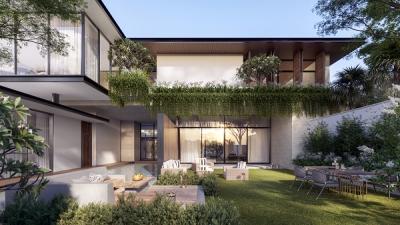
The News 10/11/2025
In the midst of the hustle and bustle of urban life, many Vietnamese families are looking for a different living space – where they can enjoy modernity without being far from nature. Tropical Modern villa architecture is the perfect answer to this need. Not only an aesthetic trend, this is also a smart design philosophy, harmoniously combining technology, local materials and Vietnam's typical tropical climate.
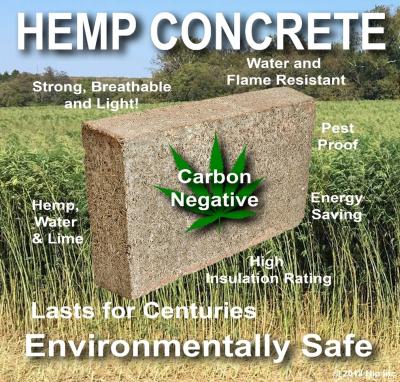
The News 25/10/2025
Hemp-lime (hempcrete) is a non-load-bearing covering material consisting of a hemp wood core (hemp shiv/hurd) combined with a lime-based adhesive, outstanding for its insulation – moisture conditioning – indoor environmental durability; in particular, IRC 2024 – Appendix BL has established a normative line applicable to low-rise housing, strengthening the technical-legal feasibility of this biomaterial.
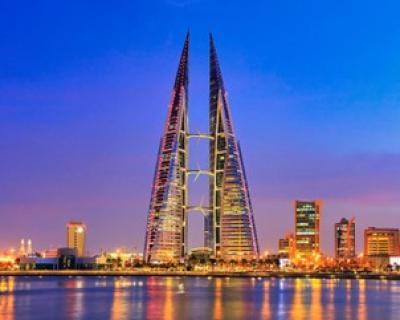
The News 11/10/2025
Amid rapid urbanization and global climate change, architecture is not only construction but also the art of harmonizing people, the environment, and technology. The Bahrain World Trade Center (BWTC)—the iconic twin towers in Manama, Bahrain—is a vivid testament to this fusion. Completed in 2008, BWTC is not only the tallest building in Bahrain (240 meters) but also the first building in the world to integrate wind turbines into its primary structure, supplying renewable energy to itself [1]. This article explores the BWTC’s structural system and design principles, examining how it overcomes the challenges of a desert environment to become a convincing sustainable model for future cities. Through an academic lens, we will see that BWTC is not merely a building but a declaration of architectural creativity.
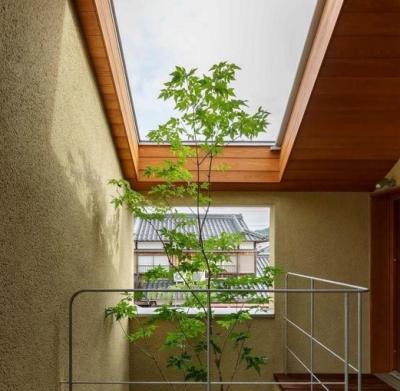
The News 04/10/2025
As buildings move toward net zero architecture and glare free daylighting, traditional glass façades reveal limitations: high thermal conductivity (~0.9–1.0 W/m·K), susceptibility to glare, and shattering on impact. In this context, transparent wood (TW) is emerging as a multifunctional bio based material: it offers high light transmission yet strong diffusion (high haze) to prevent glare, lower thermal conductivity than glass, and tough, non shattering failure. Recent reviews in Energy & Buildings (2025) and Cellulose (2023) regard TW as a candidate for next generation windows and skylights in energy efficient buildings. [1]
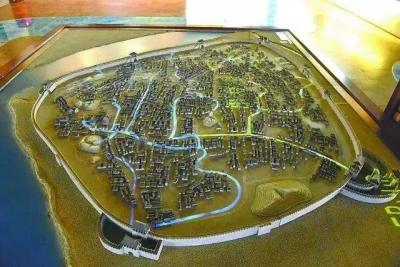
The News 27/09/2025
Urban flooding is one of the greatest challenges of the modern era, when sudden and unpredictable rainstorms can paralyze entire cities. Few would imagine that over a thousand years ago, people had already discovered a sustainable solution: the Fushougou drainage system in the ancient city of Ganzhou, Jiangxi. Built during the Northern Song dynasty, this project remains effective to this day, protecting the city from floods—even during historic deluges. The story of Fushougou is not only a testament to ancient engineering but also a valuable reference for today’s cities seeking answers to water and flooding problems.
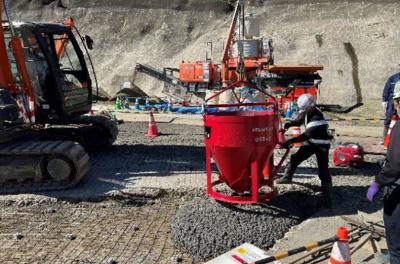
The News 20/09/2025
The construction industry is currently facing immense pressure to reduce carbon emissions, as concrete is not only one of the most widely used materials but also a major source of CO₂ due to its reliance on Portland cement. In response, Shimizu Corporation has conducted extensive research to develop sustainable material solutions aimed at achieving carbon neutrality. One of the most remarkable outcomes is carbon-negative concrete, which partially replaces cement and aggregates with biochar. This biochar is produced from sawdust through a carbonization process and has the unique ability to retain a significant amount of carbon that would otherwise be released into the atmosphere through natural decomposition or combustion. Thanks to this property, carbon-negative concrete not only maintains the necessary mechanical strength for construction but also directly contributes to reducing greenhouse gas emissions. This innovation is considered a promising step that opens new directions for the advancement of green construction in Japan and worldwide.